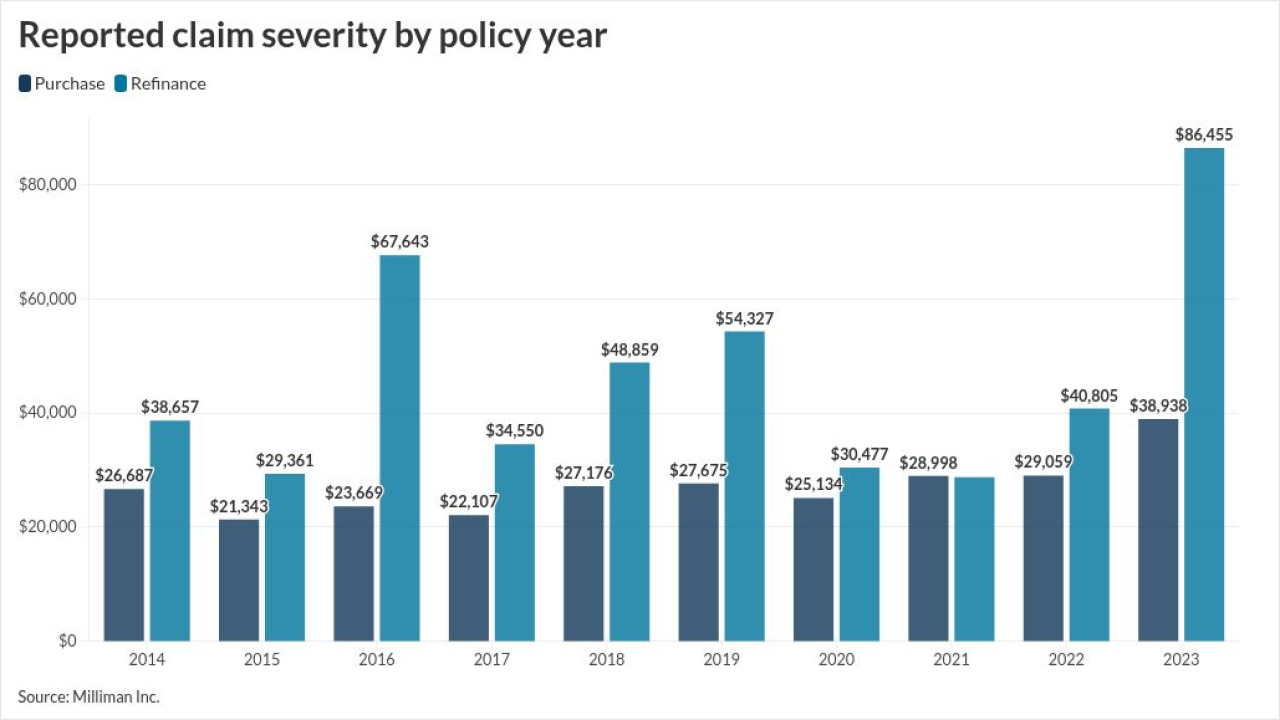The Golden State continues to be the land of limitless possibilities as it influences the timing and path forward of vehicle advancements. On August 25, 2022, the California Air Resources Board (CARB) approved the Advanced Clean Cars II Regulations: All New Passenger Vehicles Sold in California to be Zero Emissions by 2035. These Regulations are in direct response to Governor Newsom's 2020 Executive Order N-79-20 that requires all new passenger vehicles sold in California to be zero emissions by 2035. Governor Hochul is following suit with her announcement on September 29, 2022, directing the New York Department of Environmental Conservation to implement regulations for all new passenger vehicles sold in New York to be zero-emissions by 2035, in light of the amendment to the NY Environmental Conservation Law signed in 2021 (NY Assembly Bill 4302/Senate Bill 2758). With the drive towards electric vehicles, this raises questions on how the transformation and newest technology will influence car insurance.
Cyber risks and exposures
As vehicle technology advances with the growth of electric cars, we are seeing more opportunities for cyber risks and exposure to hacking. Cars and trucks may have various points of entry for a hacker. Security experts have been raising concerns for years about the potential risks for hacking into vehicles with advanced technology, which can include both gas and electric vehicles.
A relay attack triggered by two individuals working together to gain access to and start a vehicle emphasized an additional exposure and considerations for insurers. Cyber risks are not limited to theft of a vehicle through hacking into a key card or fob. Consideration needs to be given to hacking into vehicles from remote locations as has been widely reported for years. With the growth of transportation networks, alongside traditional taxi cabs, we also see passengers plugging in their devices and the potential for transferring data, viruses or malicious software. EVs may be especially vulnerable since they may be connected to charging stations to replenish the batteries. With respect to malicious software or malware, the risk potentially increases when using unmonitored public charging stations that have been exposed to tampering.
Cybersecurity and mitigation
The National Highway Traffic Safety Administration (NHTSA), Department of Transportation (DOT) issued the Cybersecurity Best Practices for the Safety of Modern Vehicles on September 9, 2022, "in an effort to support industry-led efforts to improve the industry's cybersecurity posture as well as provide NHTSA's views on how the automotive industry can develop and apply sound, risk-based cybersecurity management processes during the vehicle's entire lifecycle." And the U.S. Department of Energy published Vehicle Cybersecurity Threats and Mitigation Approaches in August 2019 to provide guidance around limiting the risks that come with advanced vehicle technology.
Insurance considerations
Auto insurance policies were traditionally designed with a focus on financial responsibility related to liability of a vehicle owner and driver, as well as protecting from first-party losses like fire and theft. However, theft has taken on a different form now. As described in the example above, thieves aren't just breaking windows and using tools to hot wire cars. They are using technology to spoof fobs in a home or on a person to gain access to vehicles. They are looking for vehicles with mirrors that are not folded in, indicating a fob is left in the car.
In addition, while there are many benefits to the advancements in vehicle technology from a safety standpoint, which can potentially help reduce accident frequency and bodily injury severity, replacing vehicles with more advanced technology can also be more costly and needs to be factored into underwriting and rating.
While vehicle technology presents risks, these risks are not insurmountable. With careful consideration in underwriting and rating, including the evaluation of vehicle data with the advancement of technology and data transmission, the insurance industry has the opportunity to support the advancement and many benefits of electric and automated vehicles.






